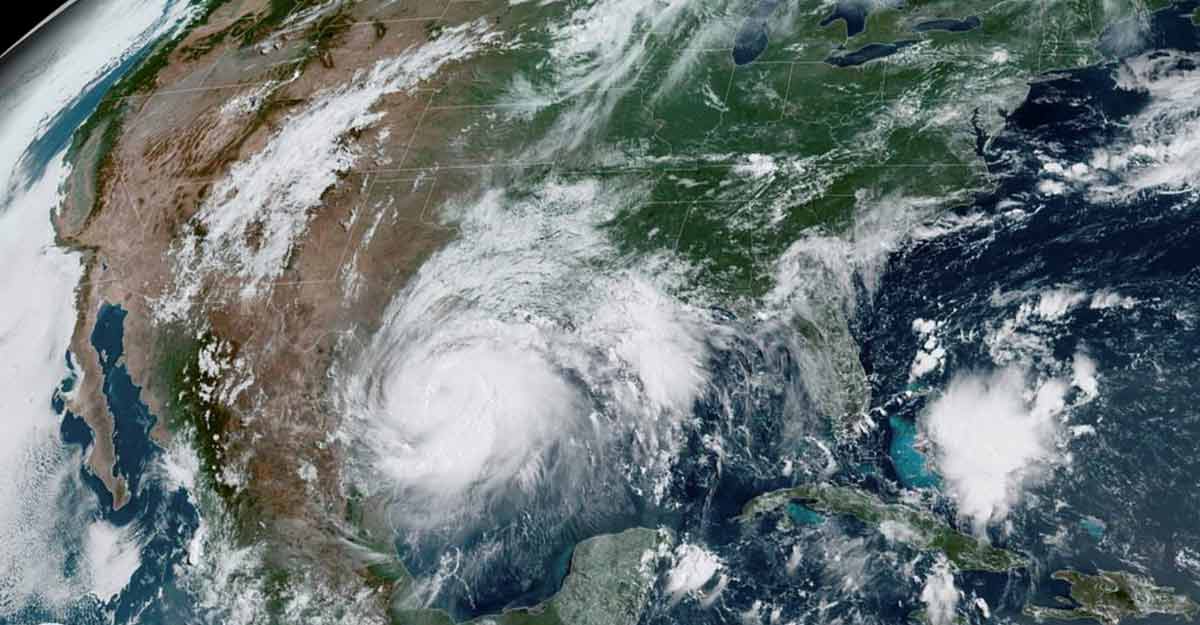Hurricane Hanna batters COVID-hit Texas coast

Mail This Article
Hurricane Hanna battered the south Texas coast with blistering winds and crashing waves into the early hours of Sunday, leaving a large area already badly hit by COVID-19 bracing for torrential downpours and potential flash floods.
Hanna came ashore on Padre Island on Saturday afternoon as a Category 1 hurricane on the five-step Saffir-Simpson scale, and later made a second landfall in Eastern Kennedy County, Texas.
Weakening as it headed west over land, Hanna was a tropical storm by Sunday morning, with its center about 40 miles (65 km) from Mcallen, Texas and about 65 miles (105 km) from Monterrey, Mexico, the National Hurricane Center (NHC) said.
At 0400 CDT (0900 GMT), Hanna's top sustained winds were around 60 miles per hour (95 kph), it said. It was forecast to further lose steam as it moved across Texas and northeastern Mexico.
The center cancelled storm surge warning it had issued for the Texas coast but said Hanna could dump upward of 18 inches (45 cm) of rain in the area through Monday.
"This rain will produce, life-threatening flash flooding, rapid rises on small streams, and isolated minor to moderate river flooding," the NHC said.

Texas Governor Greg Abbott said during a Saturday briefing that the storm was especially challenging as it was sweeping through an area of the state that has been the worst hit by the coronavirus.
He issued a disaster declaration for 32 counties in Texas that were in the storm's path.
The storm was not expected to affect offshore oil and gas production. Energy companies have not evacuated workers or shut down production from their Gulf of Mexico platforms because of Hanna.
The Texas area struck by Hanna has struggled to contain outbreaks of COVID-19 in recent weeks. Cases along the state's coast have soared into the tens of thousands.
More than 400 people in Corpus Christi were hospitalized with the illness on Friday, according to city data.

